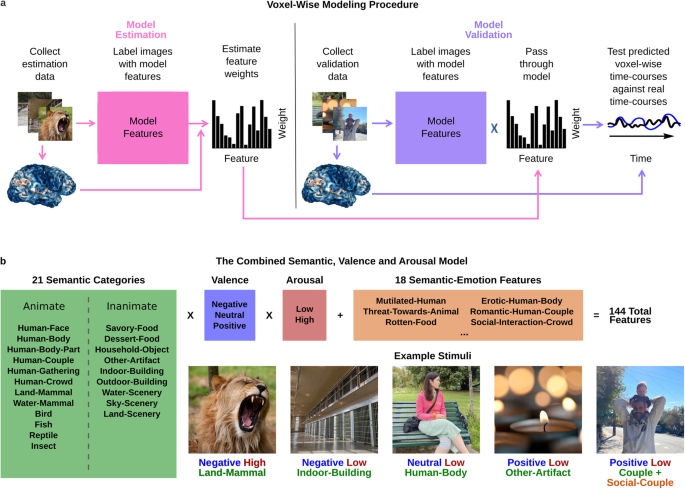2024-07-15 イリノイ大学アーバナ・シャンペーン校
<関連情報>
- https://aces.illinois.edu/news/most-salmonella-illnesses-chicken-caused-few-products-high-levels-virulent-strains
- https://www.sciencedirect.com/science/article/pii/S0362028X24000887?via%3Dihub
リスクアセスメントにより、生の鶏肉部位におけるサルモネラ症リスクの大部分は、サルモネラの高病原性血清型が高レベルの少数の製品に集中していることが予測された Risk Assessment Predicts Most of the Salmonellosis Risk in Raw Chicken Parts is Concentrated in Those Few Products with High Levels of High-Virulence Serotypes of Salmonella
Minho Kim, Cecil Barnett-Neefs, Ruben A. Chavez, Erin Kealey, Martin Wiedmann, Matthew J Stasiewicz
Journal of Food Protection Available online: 20 May 2024
DOI:https://doi.org/10.1016/j.jfp.2024.100304

Highlights
- Chicken parts are rarely contaminated with high Salmonella levels, above 1 CFU/g.
- High-virulence serotypes are frequently found in US chicken parts.
- Most salmonellosis risk is concentrated in chicken part products above 1 CFU/g.
- Most salmonellosis risk is in products with high levels of high-virulence serotypes.
Abstract
Salmonella prevalence declined in U.S. raw poultry products since adopting prevalence-based Salmonella performance standards, but human illnesses did not reduce proportionally. We used Quantitative Microbial Risk Assessment (QMRA) to evaluate public health risks of raw chicken parts contaminated with different levels of all Salmonella and specific high- and low-virulence serotypes. Lognormal Salmonella level distributions were fitted to 2012 USDA-FSIS Baseline parts survey and 2023 USDA-FSIS HACCP verification sampling data. Three different Dose-Response (DR) approaches included (i) a single DR for all serotypes, (ii) DR that reduces Salmonella Kentucky ST152 virulence, and (iii) multiple serotype-specific DR models. All scenarios found risk concentrated in the few products with high Salmonella levels. Using a single DR model with Baseline data (μ = -3.19, σ = 1.29 Log CFU/g), 68% and 37% of illnesses were attributed to the 0.7% and 0.06% of products with >1 and >10 CFU/g Salmonella, respectively. Using distributions from 2023 HACCP data (μ = -5.53, σ = 2.45), 99.8% and 99.0% of illnesses were attributed to the 1.3% and 0.4% of products with >1 and >10 CFU/g Salmonella, respectively. Scenarios with serotype-specific DR models showed more concentrated risk at higher levels. Baseline data showed 92% and 67% and HACCP data showed >99.99% and 99.96% of illnesses attributed to products with >1 and >10 CFU/g Salmonella, respectively. Regarding serotypes using Baseline or HACCP input data, 0.002% and 0.1% of illnesses were attributed to the 0.2% and 0.4% of products with >1 CFU/g of Kentucky ST152, respectively, while 69% and 83% of illnesses were attributed to the 0.3% and 0.6% of products with >1 CFU/g of Enteritidis, Infantis, or Typhimurium, respectively. Therefore, public health risk in chicken parts is concentrated in finished products with high levels and specifically high levels of high-virulence serotypes. Low-virulence serotypes like Kentucky contribute few human cases.


